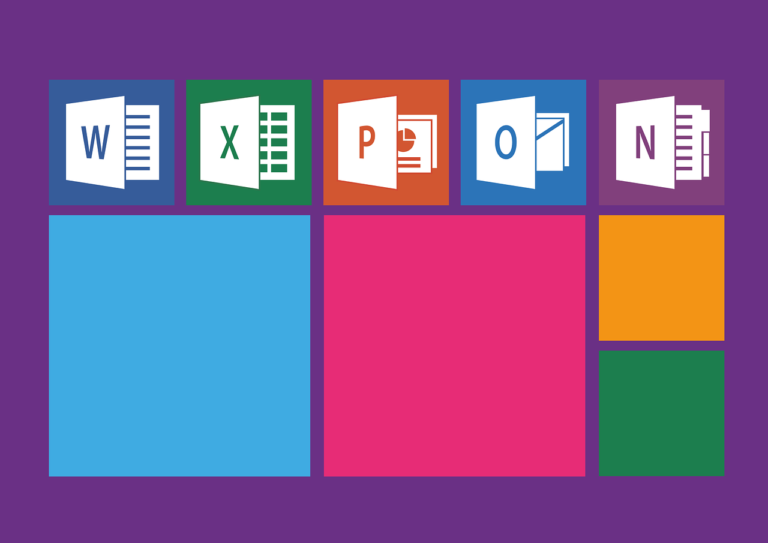Social media is not just a place to communicate or get in touch with friends and families but it has become an important tool or ingredient in today’s marketing mix in general and promotion mix in particular which boast the financial performance of a firm (Abu Bashar Irshad Ahmad, 2012). According to Reto Felix et all (2016), massive empirical research has shown that social media stimulate sales, increase brand awareness, improve brand image, generate traffic to online platforms, reduce marketing cost and create user interactivity on platforms by stimulating users to post or share content (Felix, Rauschnabel, & Hinsch, 2017). To understand how a consumer view a firm, it actions and its products, firms can monitor and analyze conversations on social media platforms (Schweidel & Moe, 2014). The firm managers, marketing executives can act on this information on social media to check the performances of the firms.

Firms can also use the seven functional building blocks of social media identified by (Kietzmann, Hermkens, McCarthy, & Silvestre, 2011) to help grow and create value for the firm. These seven building blocks are identity, conversation, sharing, presence, relationships, reputation and groups. Another approach that can help boost the performances and sales of a firm is viral marketing on social media. People are influenced by others. The standard they have in society whether weak or strong, bad or good can influence the decisions actions and opinions of others (Mochalova & Nanopoulos, 2014). This can bring about viral marketing which will boost the performance of the company if companies act on it.
Consumers spend more time every day on social media. The fundamental nature of social media as a platform for consumers to interact with and influence one another has a more direct impact on brand communities and it produces higher response rates and greater customer engagement than traditional marketing methodologies that focuses only on firm-consumer relationship (Michael Trusov, Randolph E. Bucklin, & Pauwels, 2009). This is true in the sense that firms get to interact with consumers no matter where they are on social media. Facebook for example have groups and pages functionality that firms use to interact and communicate with customers and also serves as a platform for strengthening firm-customer relationships.
Trasnor et al (2014) indicated that firm performances is not improved by just investing in hardware and software to support CRM systems, but by deploying CRM technological resources in combination with other complementary resources. That is if firms integrate Social media marketing technologies and CRM systems to facilitate marketing capability development, improve customer relationships and increase customer satisfaction (Wang & Kim, 2017).
In conclusion it can be seen that, Social media and firm performance goes hand in hand. With the help of social media customers and business organizations are able to interact and communicate with each other and has empowered them to take advantage on active role in co-creating their experiences (Prahalad & Ramaswamy, 2004). This goes a long way to affect the performance of the firms.







